Dirt and static electricity may cause good records to sound “scratchy”. A proper cleaning will remove dirt and static electricity from the vinyl. You may be very surprised to hear how good your records sound once cleaned. What you thought was noise caused by scratches may disappear.
An old or worn stylus will cause your records to sound bad or sound scratchy. This is because a worn stylus is getting down to the bottom of the record groove where there is no music. Understand that a stylus begins life shaped like an ellipse (rounded) and then wears down to a point and falls further down into the groove until it hits bottom. This is bad for your records. The music resides on the sides of the record groove and is where a new stylus (needle) sits while playing.
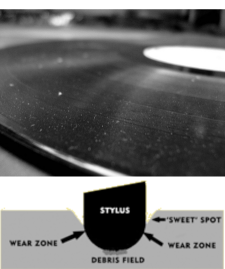
Ideally, records should be lightly cleaned before and after every playing using a cloth or record preener (brush).
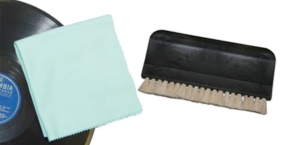
When you play a record, the motion of dragging a stylus through a vinyl record creates static electricity. This can cause audible noise when playing the record, but more importantly understand that the static electricity turns your record into a giant dust magnet! Any little dust particle or dust mite floating about in the air is drawn towards your record. You don’t want this dirt and those little microscopic critters taking up residence in your records grooves! To prevent most of these harmful particulates from coming in contact with your records, play your records with the dust cover on the turntable in the down position. The dust cover is there to protect your records from dust collection while playing, not to protect the turntable.
Fingerprints, dirt, and dust mites are bad for your records.
Fingerprints contain body oils and abrasive dirt. These will do harm to your records and to your stylus. Those little dust mites can live off the oils left behind by fingerprints and other dust particles for a long time. Of course they too leave behind some of their own residue (if you know what I mean). I have seen records that actually have fingerprints etched into the vinyl because of long term exposure to the oils and dust mites doing their thing.
Vinyl is really a very rugged material because it needs to be in order to withstand the stylus being dragged through its grooves many, many times while still maintaining good sound quality. So when it comes to cleaning I find that most people try to treat records too delicately and end up just spreading the dirt around.
 Sign Up For Our Newsletter
Sign Up For Our Newsletter


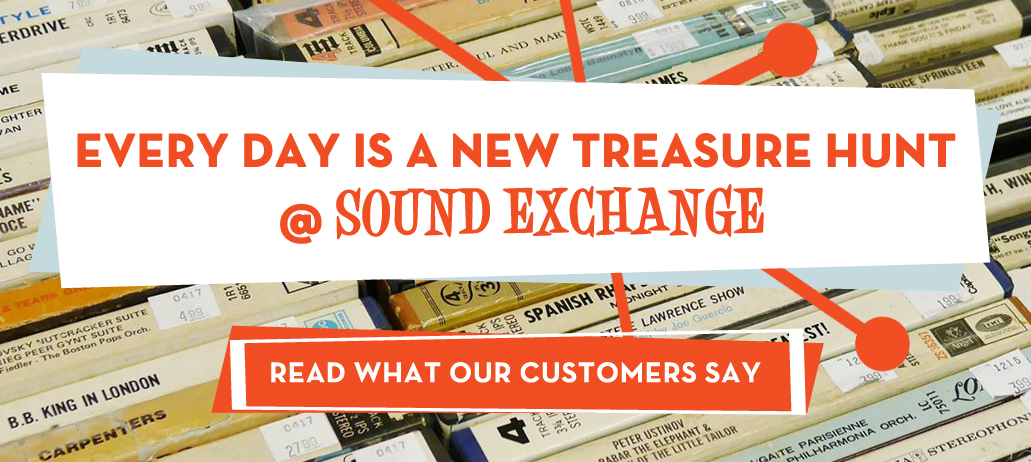

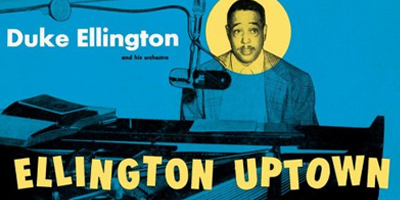
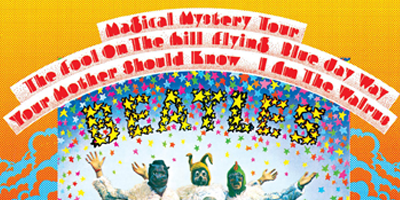
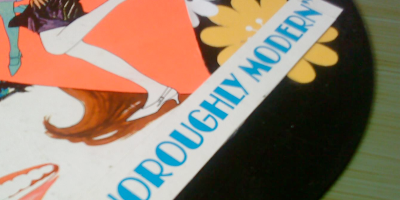



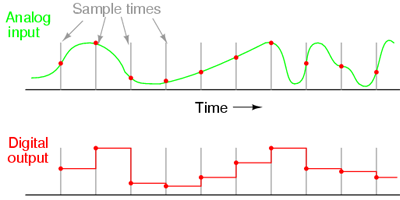
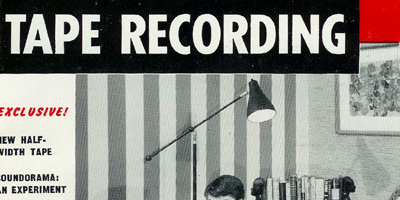

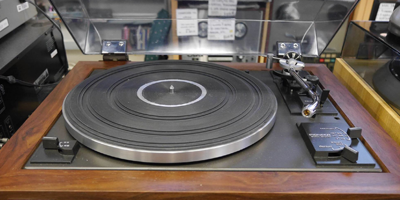

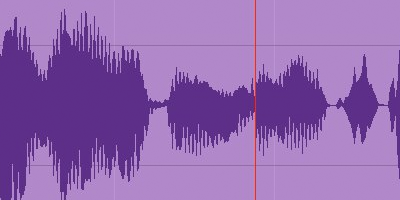
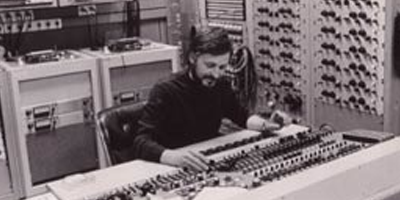
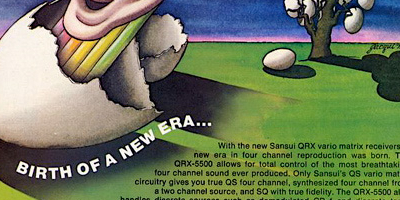
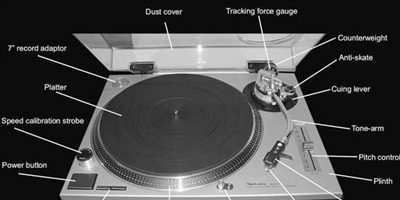
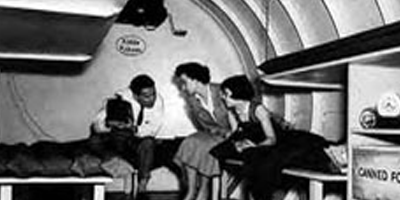
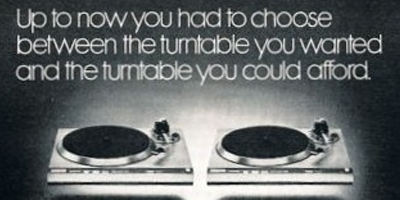
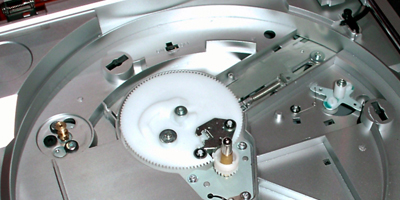
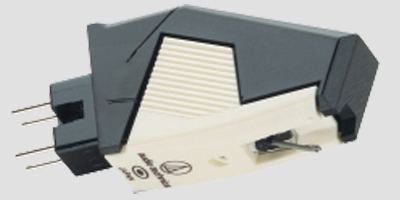
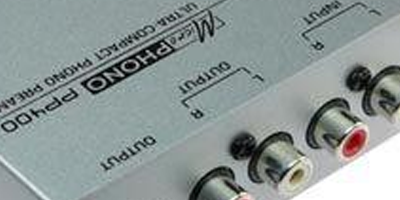
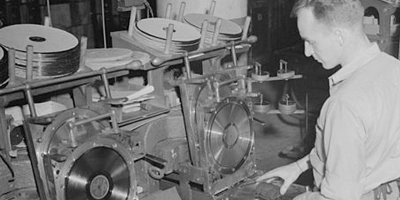
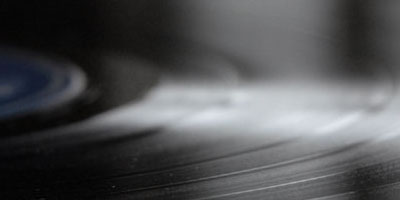
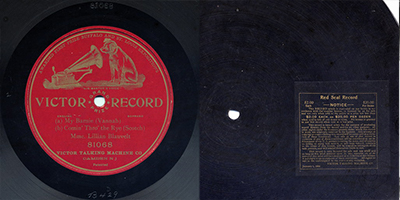
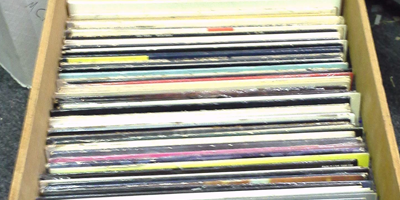
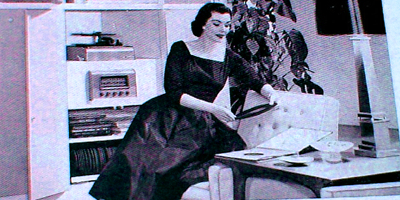

I just bought a Tech Play ODC21MKI-SL fully auto belt drive turn table.I’m hearing a strange Scratchy sound when singing is on.There is a no name Stylus and cartridge on it.The stylus isn’t broken.I play the record on my old turn table and it plays fine.Is it possible that the new stylus and cartridge are bad?I checked the wire and plugs on the headshell and they are snug.I know the record is old but it’s strange that it plays fine on the old turn table and new the new turn table it does not.Any Ideas? I am going to change the cartridge and Stylus to a Audio Technica Dual Magnet Phono cartridge AT95 E for starters.Thanks!
perfect vinyl cleaning:
1. buy Knosti anti-Static cleaning machine ( about 50$ )
2. don´ use the liquid they provide
3. mix 5 – 7 drops of dish-washer-rinse with 150 millilitres of isopropyl and fill up the knosti with demineralized water ( that for ironing…) all together worth 6 or 7$
4. buy new inner sleeves for your valuable discs
5. clean your records, let them dry well. Do not dry with towel, they are always contminated with silicons from washing.
6. after drying – enjoy listening.
It´ also a good idea to safe-storage your records in dedicated plastic-bags.
cost for 100 12 inch ( 30cm) plastic bags about 25 – 30$ incl. shipping.
the same for inner sleeves.
But… it´ worth it!